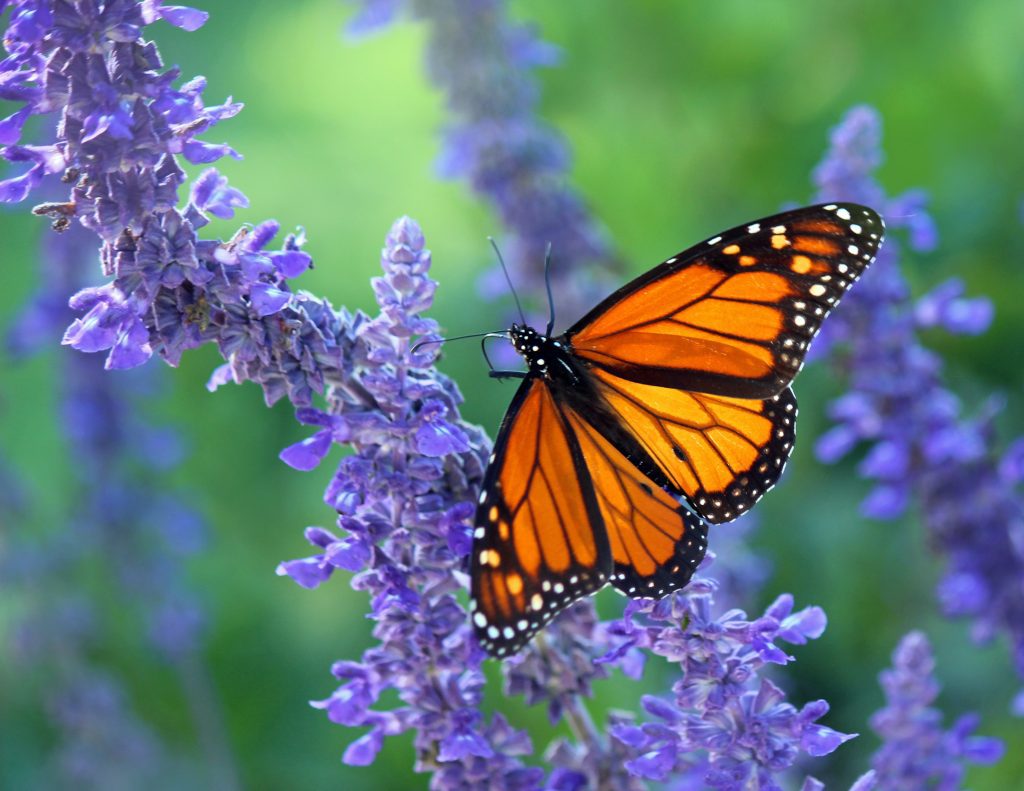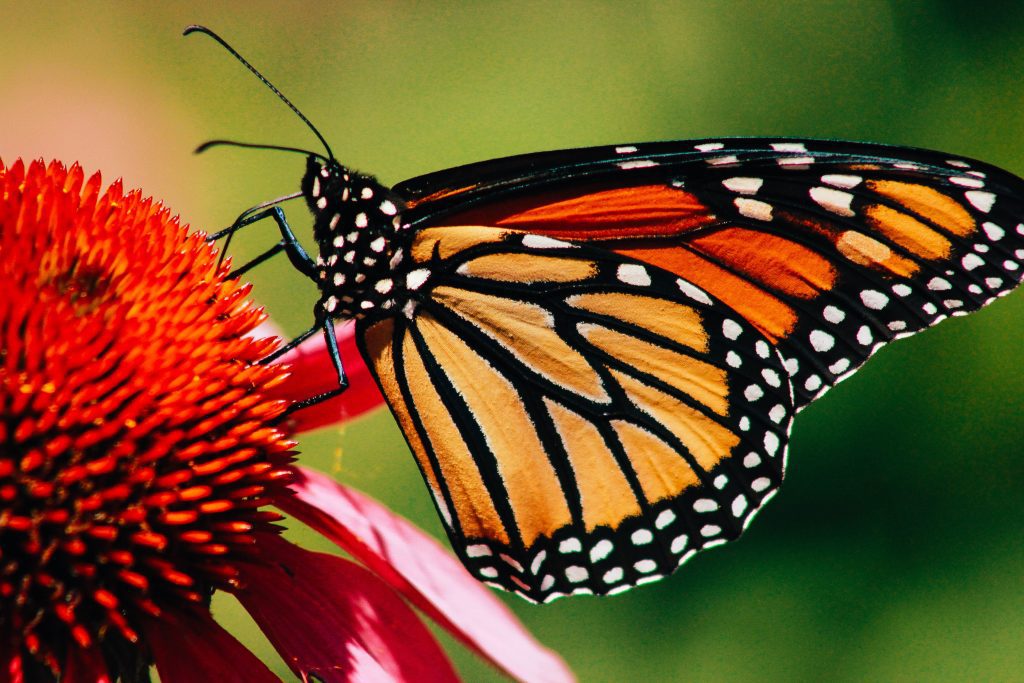Why Did The Western Monarch Population Increase Last Year?
Over the years, there has been a drastic decrease in the population of western monarchs. Scientists believe this is linked to human development which has destroyed their habitats, wiping out roosting forests in California, climate change and the increasing use of pesticides by farmers that kill milkweeds, monarch butterflies’ “favorite food.”

During summer, the butterflies breed across the west and they return to the overwintering grounds in the fall. In 2020, less than 2000 monarchs were sighted, a figure well below the theorized benchmark for extinction. However, things took a turn when the butterflies made a dramatic comeback last year.
A staggering 250,000 butterflies were counted in 2021. This surge in population has left scientists wondering what the driving force might be.
Louie Yang, insect ecologist at UC Davis, called this occurrence a “series of fortunate events.” These events might include milkweeds’ ability to thrive better than other plants during the first few years of a drought. And since monarchs don’t do well under extreme conditions, the warm-but-not-too-hot weather may also have contributed to their surge.

Also, the right amount of rainfall may have been a contributory factor as it causes milkweeds to bloom, making them readily accessible to the monarchs for laying their eggs. These milkweeds then serve as food to the hungry caterpillars and also protect them from predators.
The return of monarchs is still a reason to celebrate, and many experts believe that the answer to their increasing population may be a mix of some or all the aforementioned mechanisms.
